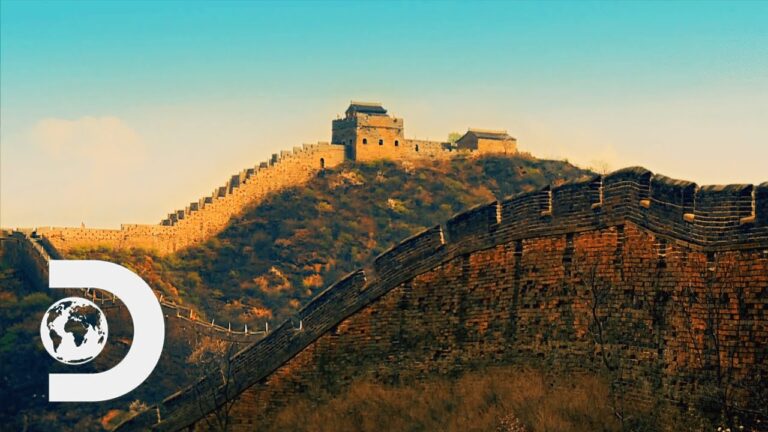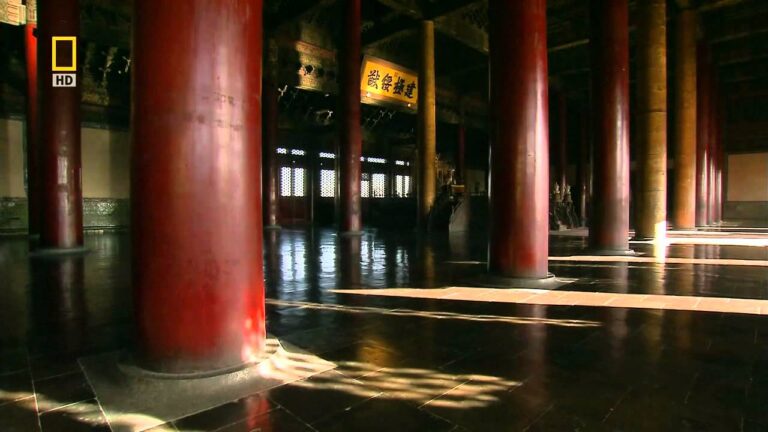The Imperial Palace Forbidden City of Beijing is an ancient complex located in the heart of China’s capital city. Known as the Palace Museum, it was the former residence of emperors and their households during the Ming and Qing dynasties.
The complex is grand and vast, with 980 buildings and 8,707 rooms spread across 720,000 square meters. It is split into two parts: the Outer Court and the Inner Court. The Outer Court is where the emperor conducted his public duties, receiving officials and conducting important ceremonies. The Inner Court was the private living quarters of the emperor and his family.
The architecture of the Imperial Palace Forbidden City is a stunning example of Ming and Qing architecture, with grand halls, pavilions, bridges, and courtyards. The buildings are decorated with intricate carvings, colorful paintings, and beautiful gardens. Each building has a distinct purpose, from the Hall of Supreme Harmony where the emperor held his coronation ceremony to the Hall of Mental Cultivation, where he lived and conducted daily affairs.
One of the most famous structures in the Inner Court is the Palace of Heavenly Purity. This building was the residence of the emperor and his empress, and it was where they slept and relaxed away from the public eye. The Palace of Heavenly Purity is also where the emperor would receive foreign dignitaries and conduct special meetings with his advisors and family members.
Other important buildings in the Inner Court include the Palace of Earthly Tranquility, the Hall of Union, and the Hall of Ancestry Worship. Each building played a vital role in the emperor’s daily life, from conducting important meetings with officials to offering worship to his ancestors.
In addition to the impressive architecture, the Imperial Palace Forbidden City is also home to an extensive art collection. The Palace Museum has over one million artifacts, including ceramics, paintings, calligraphy, jade, and bronze ware. Some of the most famous treasures in the collection include the Qianlong-era jadeite cabbage, the 14th-century porcelain vase known as the Ming Dynasty Xuande Emperor’s Chicken Cup, and the rare and beautiful 18th-century rhinoceros horn libation cup.
Today, the Imperial Palace Forbidden City is one of China’s most popular tourist destinations, attracting millions of visitors each year. The complex has been designated a UNESCO World Heritage Site and is considered one of the greatest treasures of Chinese culture.
If you plan to visit the Imperial Palace Forbidden City, be sure to set aside several hours to fully explore the complex. Wear comfortable shoes as there is a lot of walking involved, and bring plenty of water and snacks as there are limited food options inside the complex. A guided tour is recommended to learn more about the history and culture of this iconic landmark.
In conclusion, the Imperial Palace Forbidden City is a must-see attraction for anyone visiting Beijing. With its stunning architecture, fascinating history, and impressive art collection, it is truly one of the world’s greatest cultural treasures.




